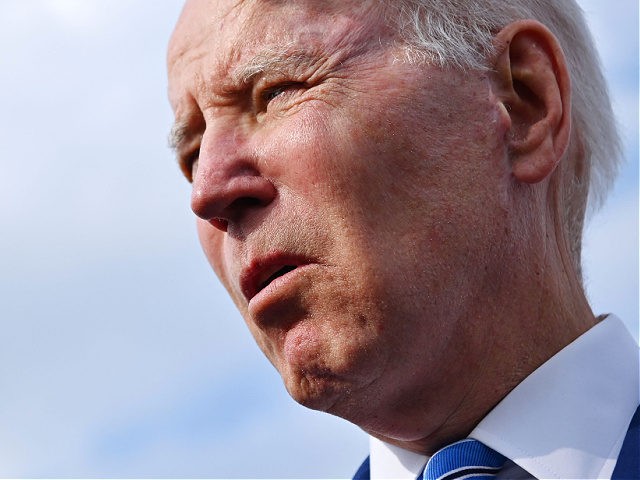Retail sales fell 0.3% in May as record high gasoline prices, four-decade high inflation, rising interest rates, and weakening confidence dragged down the American consumer.
The report from the Commerce Department on Wednesday indicated that record-high gas prices took their toll on sales elsewhere. Excluding cars and gas station sales, retail sales came in at minus 0.4 percent compared with a month earlier.
The results were much worse than expected and showed a steep reversal from the prior month. Economists had expected retail sales to climb 0.1 percent from April. The March to April figure was revised down to 0.7 percent from the preliminary report of 0.9 percent, an indication that sales were already weaker than expected.
The numbers are actually flattered by inflation because they are not adjusted for price changes. Consumer prices rose 8.6 percent year over year in May, the highest since 1981. On a month-over-month basis, prices rose one percent. Excluding food and energy, prices were up 0.6 percent. Adjusted for inflation, retail sales excluding gasoline were likely down close to one percent. As a result, forecasts of second quarter real GDP growth will likely be downgraded significantly.
Sales at auto dealers fell by four percent in May and are down 4.9 percent from last year. This indicates that car makers are still being hit by supply chain problems, notably chip shortages. Many analysts had thought these problems would have begun to ease by this time.
Excluding vehicle sales but including gas stations, sales were up 0.5 percent. That mostly reflects a 4 percent surge in gas station sales caused by the nearly eight percent rise in gas prices in May.
Gas prices can act like a tax on consumers, affecting sales in other parts of the economy much the same way a drop in income would. Studies have shown that consumers react to lower gas prices by spending more elsewhere in the economy and higher gas prices by spending less.
Sales at furniture stores plunged 0.9 percent. Sales at electronics and appliances stores fell by a sharp 1.3 percent. Health and personal care store sales were off by 0.2 percent. Online sales dropped by one percent. Adjusted for inflation, those sales were even lower.
Sales were up 1.2 percent at grocery stores but likely contracted in real terms. The Consumer Price Index for groceries rose 1.4 percent for the month. In other words, the gain in grocery store sales reflected consumers paying more for food instead of buying more food.
Sales were up at department stores by 0.9 percent, again likely reflecting higher prices rather than higher real sales. Sales inched up 0.1 percent at clothing stores. Sporting goods stores saw a 0.4 percent climb in sales.
Sales at bars and restaurants climbed 0.7 percent but the prices of food consumed away from home rose 1.2 percent, suggesting a contraction in real terms.

COMMENTS
Please let us know if you're having issues with commenting.